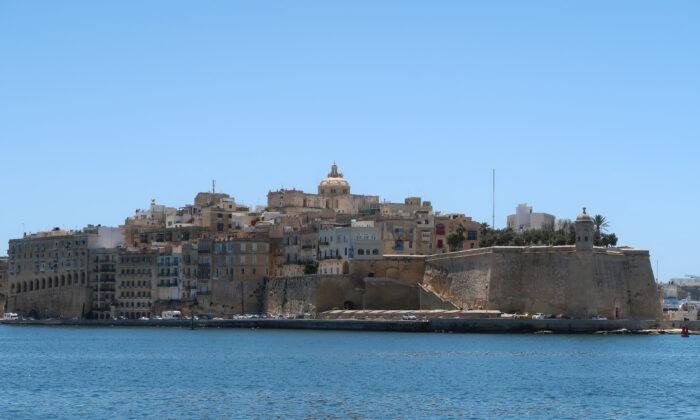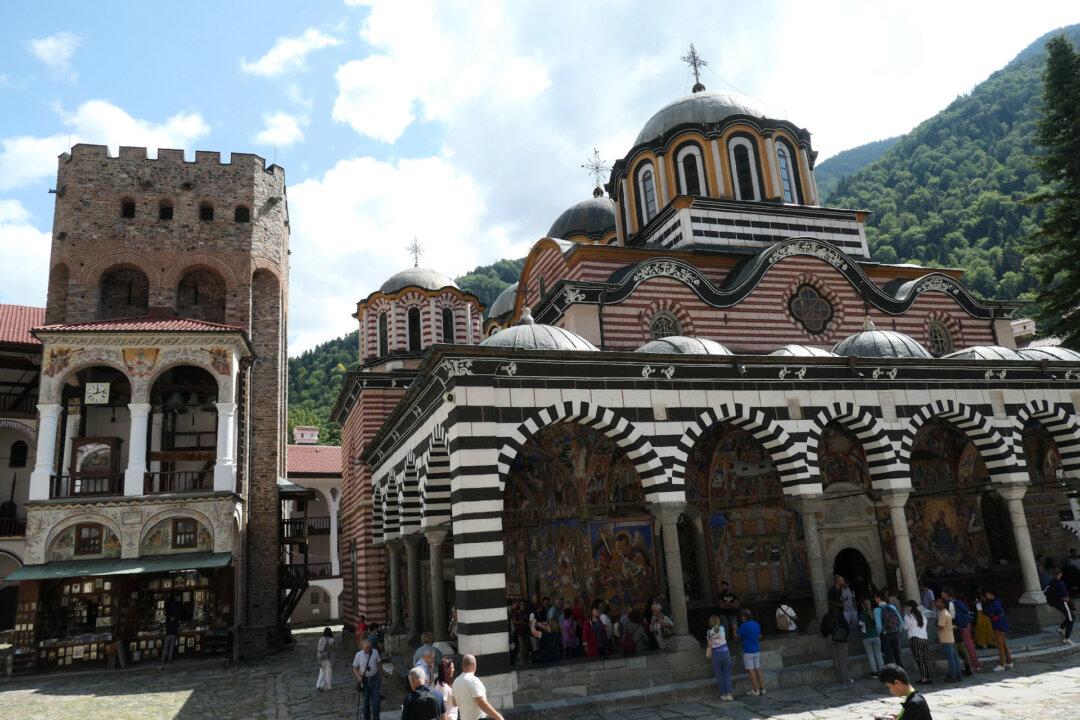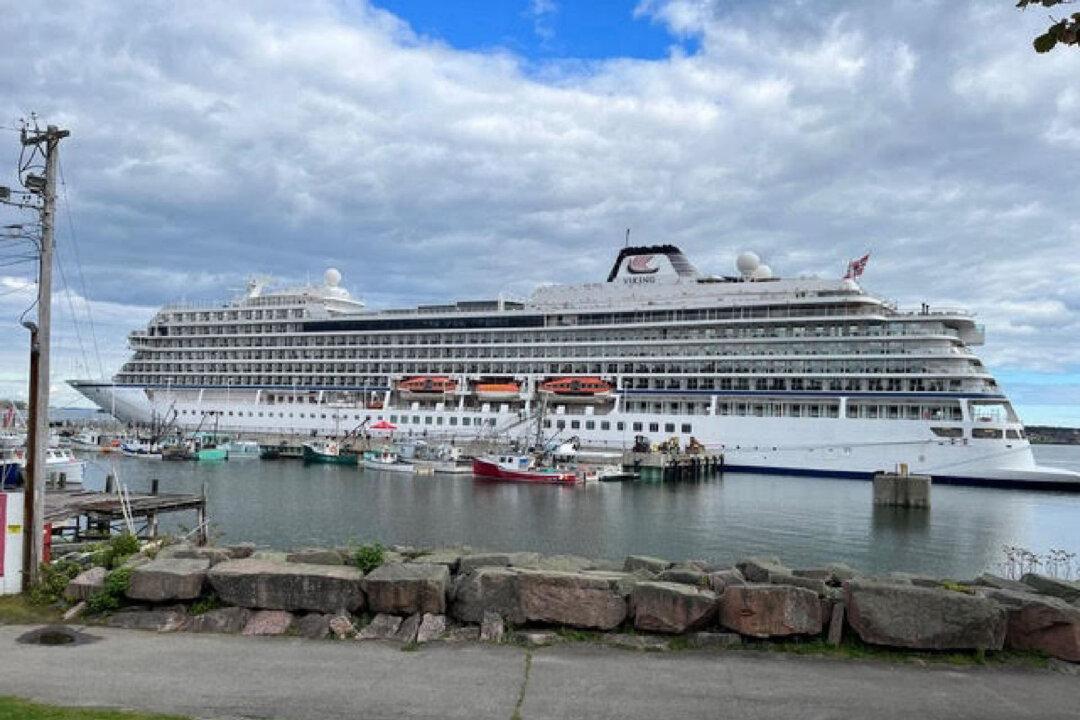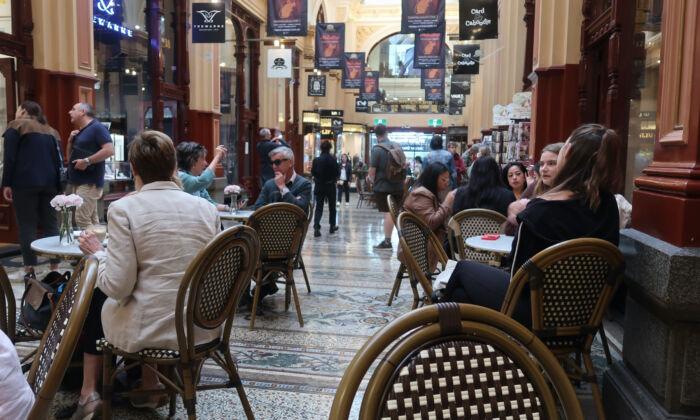Malta wants more Americans to join the masses of Europeans who visit and savor its extraordinary multi-island nation. From glorious beaches and water sports to remnants of 8,000 years of history, this island nation has it all.
Due south of Sicily and due east of Tunisia, Malta has long played a critical role in Mediterranean Sea trade and battles. Starting with pre-Bronze Age hunter-gatherers and roaring to prominence when it became the 16th-century home of the Knights of St. John, tiny Malta has been at the heart of the action.
Spring and fall are the best times to head for Valletta, Malta’s capital, aptly named for Jean Parisot de la Vallette. A military hero, he was also renowned for his city-planning skills, still evident in today’s grid-based layout.
Vallette was a Knight of St. John, originally known as Knights Hospitaller, who provided medical assistance for Crusade-era Holy Land pilgrims. Subsequently, they morphed into a fighting force that continually challenged Ottoman forces. Centuries later, following their expulsion from bases in Jerusalem, Rhodes, and Cyprus, the Knights—needing a new home—accepted a 1530 offer from Spanish King Charles V, who was also a Holy Roman Emperor. He urged them to move to Malta and provide protection from Ottoman threats.
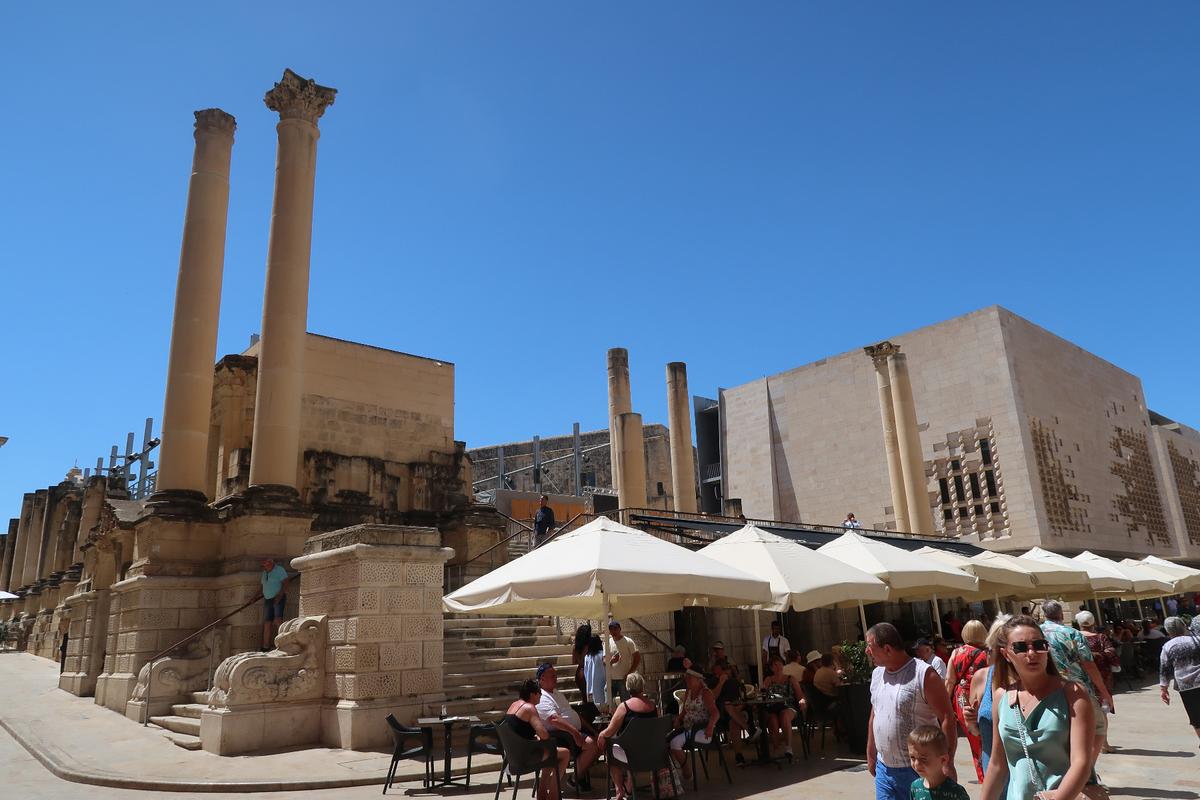
After several decades, the Knights fulfilled Charles’ wishes. Struggles culminated in the great siege of 1565. From May 1565 to September 1565, Ottomans blockaded the islands, hoping to starve out and end Christian control. But as grand master of the knights, Vallette organized and strengthened defenses. Ultimately, the siege that began in May ended with the Ottomans’ September 1565 departure. They never returned.
The Knights dominated the area until 1798, when Napoleon’s invading forces expelled them during their brief rule. Britain’s 1800 conquest of Malta resulted in the islands becoming a protectorate, colony, and territory. Malta gained independence in 1974.
Today, Valletta is home to about 6,000 of Malta’s population of slightly more than 500,000 people. It’s the center of government offices and tourist explorations. Among must-sees is the Co-Cathedral of St. John. Its interior is an extraordinary panoply of interior decoration, an awesome display of splendor rivaling that of virtually any other European church.
The cathedral features eight chapels—representing the nations from which the Knights originated. Each is sumptuous and deserves close examination. And don’t miss the separate oratory, home to two Caravaggio paintings, “John the Baptist” and “St. Jerome.” The church is also fascinating because, unlike the interior, its exterior is relatively plain. Many think it was spared destruction from World War II air attacks because there was little to indicate its importance from above.
Now under extensive reconstruction, the sumptuous Grand Masters Palace interior is another prime draw. Currently, however, only the Armory, featuring possessions of centuries of knights and excellent explanations of Malta’s history and wars, is open. Nearby are the stunning modern parliament building designed by Renzo Piano and the comfortable Upper Barrakka Gardens. From there you can watch the Saluting Battery, when canons are fired twice daily amid great pomp and precision marching.
Another plus is the Upper Barrakka Lift, a comfortable link between the heights of the central city and Valletta’s waterfront. There, ferries regularly link Valletta with the fascinating Three Cities, enclaves that predate Valletta. One highlight is the Inquisitor’s Palace in Vittoriosa. Also on the waterfront are regular ferries to Gozo, Malta’s other major population base and attraction.
Definitely schedule a visit to the National War Museum at Fort St. Elmo, a short cab ride from central Valletta. Prominent during the 1565 Great Siege, former British barracks provide the setting for fascinating depictions and memorabilia of Malta throughout the ages.
For a serene change of pace, spend several hours in nearby Mdina. Originally Phoenician, but later shaped by Roman and Arabic influences, today it and nearby Rabat are serene and beautifully preserved enclaves of lives and times past. Mdina’s cathedral—built long before Valletta’s creation—is the reason the capital’s St. John’s has the title “co-cathedral.”
Malta’s extraordinary megalithic temples and sites also must be sampled. But before visiting those, explore the National Museum of Archeology. It’s the best place to get an understanding and preview of this unique part of Malta’s heritage.
While there are dozens of sites, several temples are easily reachable by guided tours from Valletta. Hagar Qim, with its pre-erected massive stone entrance, and nearby and more elaborate Mnajdra, with its three side-by-side temples, are truly awesome. This is critical not for what you see, but for the fact that no one is certain how the stones were maneuvered into position when these temples were created between 3600 B.C. and 3000 B.C.
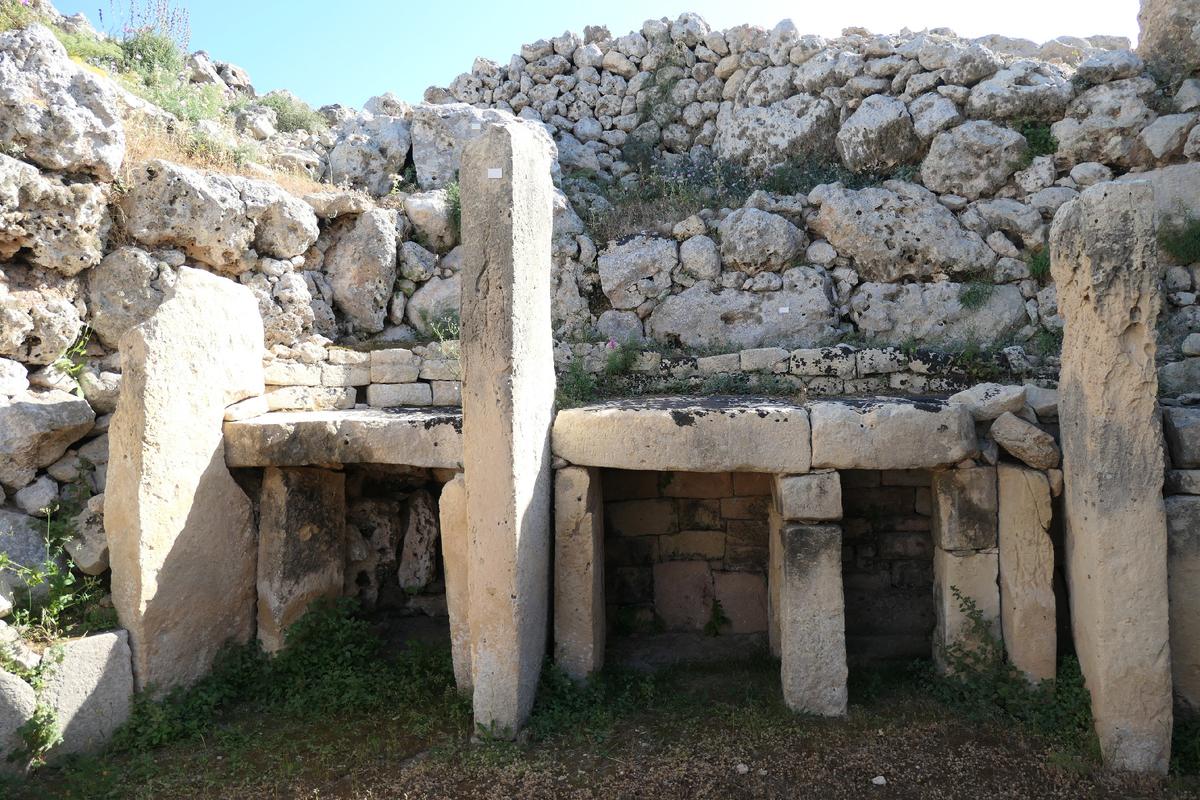
Other fascinating stops are the Hal Saflieni Hypogeum, a subterranean necropolis, and the nearby Tarxien Temples that feature massive decorated stone blocks. Gozo, Ggantija—the largest and possibly oldest of Malta’s ancient edifices—features walls standing nearly 20 feet high and two separate temples. Gozo also boasts a mighty hilltop fortress, its bustling main city of Victoria, and plenty of its own beach and aquatic offerings.

